Blog
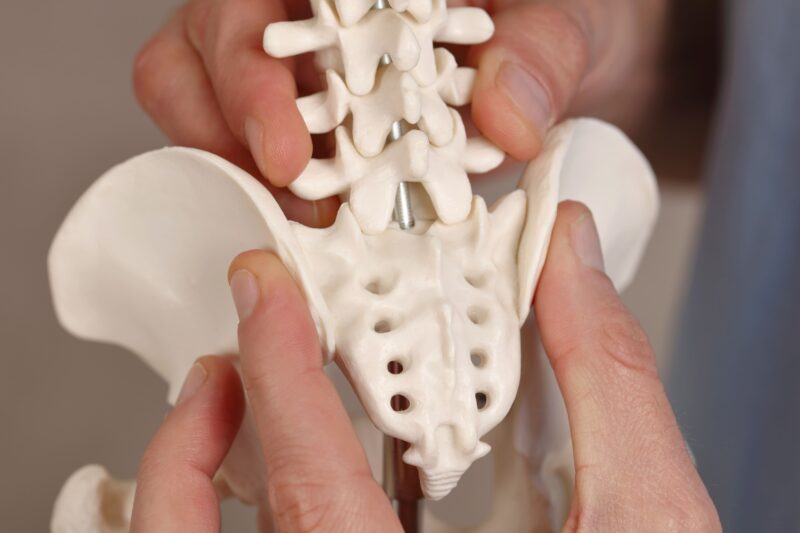
How Buttock Pain Can Be Linked to Spinal Issues
Pain in the buttocks is a common complaint that many people experience at some point in their lives. Often dismissed as a minor discomfort or attributed to muscle strain, buttock pain can sometimes be a symptom of a more significant underlying issue: problems with the spine. In this blog, we’ll explore how pain in the buttocks can actually be caused by the spine or related spinal conditions.

Sacroilitis vs. Sciatica: What’s the Difference?
When it comes to lower back and hip pain, two common conditions often come into the spotlight: sacroiliitis and sciatica. These conditions can be confusing as they share some similarities in terms of symptoms, but they are fundamentally different in their causes and treatments. In this blog, we’ll dive into the world of sacroiliitis and sciatica, comparing and contrasting them to help you better understand these two distinct but often overlapping sources of discomfort.
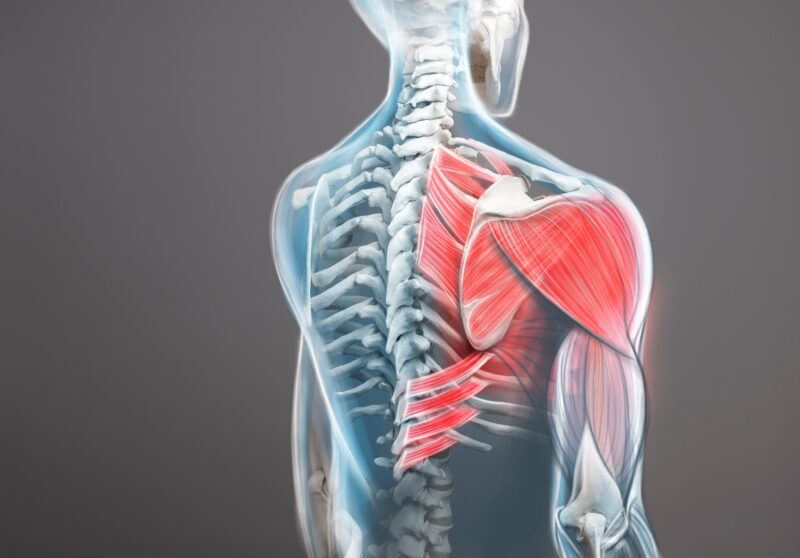
7 Reasons for Back Pain Around the Shoulders
Back pain can be a debilitating issue that affects millions of people worldwide. While it can occur in various areas of the back, one common and often frustrating location is just below the shoulder blade. This type of pain can interfere with daily activities and reduce your overall quality of life. In this blog, we will explore the possible causes of back pain below the shoulder blade and discuss ways to prevent and alleviate it.
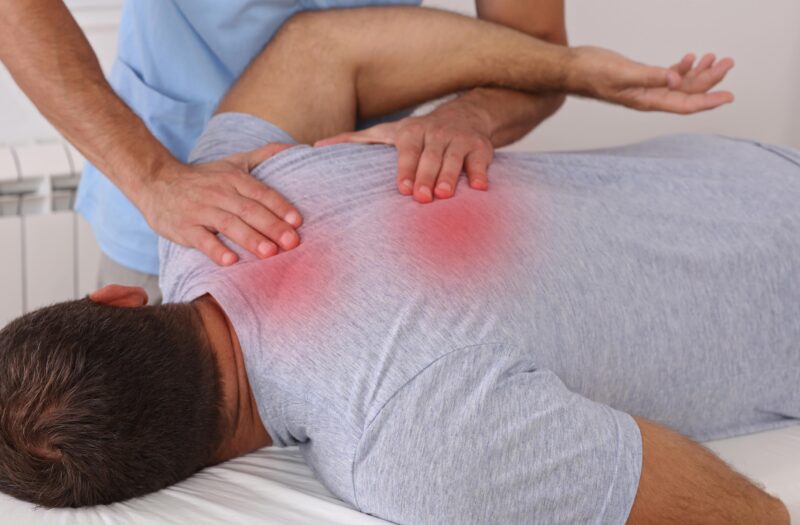
Can Massage Help Back Pain?
Experiencing back pain can be a debilitating and frustrating condition, affecting our daily activities and overall quality of life. Amidst various treatment options, massage therapy often emerges as a popular choice. But the critical question remains: Can massage really help alleviate back pain? This blog explores the effectiveness of massage therapy in managing back pain, its benefits, and what to consider before starting treatment.
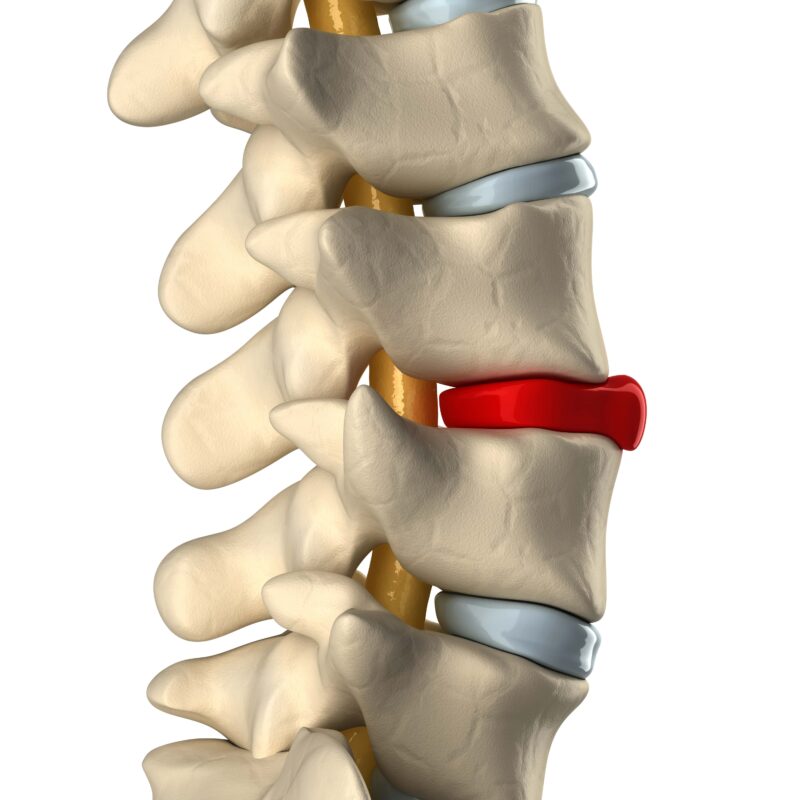
What Causes Bulging Discs?
Bulging discs are a prevalent spinal condition that affects a significant portion of the adult population, often leading to discomfort and a decrease in quality of life. This condition occurs when one of the spinal discs, which act as cushions between the vertebrae, extends beyond its usual boundary. While they can be asymptomatic, in many cases, they result in pain, numbness, or weakness due to the pressure exerted on adjacent nerves. The causes of bulging discs are multifaceted, ranging from age-related wear and tear to lifestyle factors such as poor posture, repetitive strain from certain activities, and even genetic predisposition. Understanding these various causes is crucial for both prevention and effective management of this spinal issue.
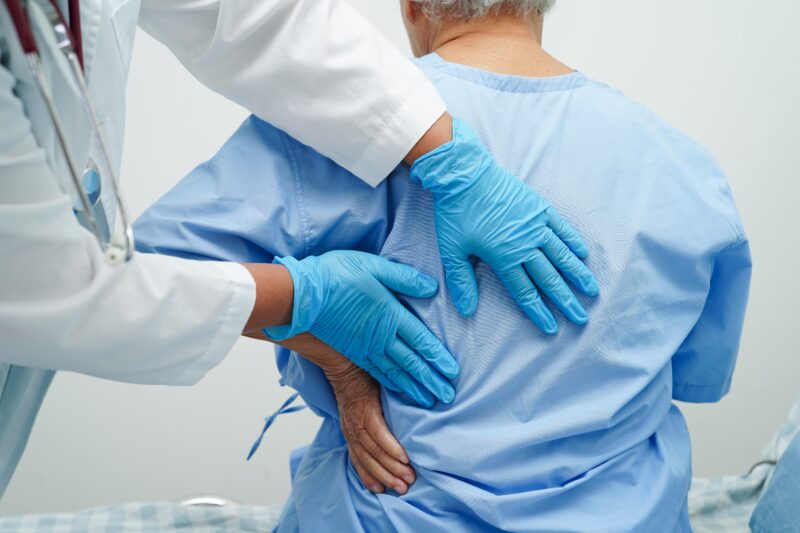
Seven Things You Need to Know About Failed Back Surgery Syndrome (FBSS)
Failed Back Surgery Syndrome (FBSS) is a perplexing and often debilitating condition that affects a significant number of patients who undergo spinal surgery. As its name suggests, FBSS refers to the unfortunate circumstance where patients continue to experience pain or develop new pains following back surgery, indicating a less-than-successful outcome. Understanding FBSS is crucial for those considering spinal surgery or grappling with its aftereffects. Knowing how FBSS manifests, how it can be addressed, and most importantly, how patients can navigate their journey towards better health and wellbeing despite this complex syndrome.
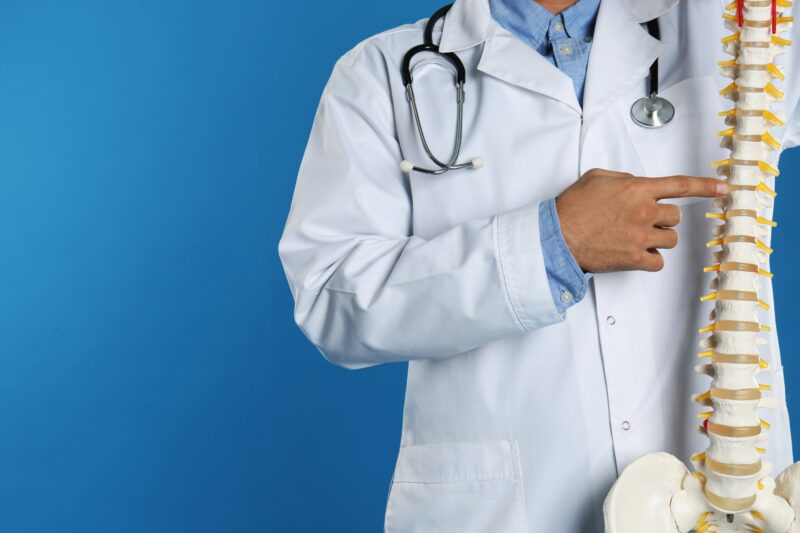
Common Spinal Surgeries and Their Uses
Spinal conditions can range from mildly irritating to severely debilitating, making the prospect of spinal surgery a focal point for those seeking relief. The spine is an engineering marvel, composed of bones, joints, ligaments, and discs, all orchestrated to provide the body with a delicate balance of stability and flexibility. When this balance is disrupted by injury or disease, the impact on an individual’s quality of life can be profound. Surgery on the spine is performed to alleviate pain, restore function, and correct anatomical abnormalities. This blog delves into the common types of spinal surgeries, outlining the specific uses for each procedure and providing insight into when and why they might be necessary. With medical technology advancing rapidly, understanding these surgeries can offer hope and clarity to those navigating their spinal health journey.

5 Things to Avoid for a Successful Spinal Surgery
Back surgery can be a turning point for many people suffering from debilitating spinal conditions, but the journey to recovery isn’t always straightforward. Success depends on a variety of factors, including what you do—or don’t do—both before and after the surgery. Whether you’re undergoing a lumbar laminectomy, spinal fusion, or a discectomy, here are five key things to avoid to give yourself the best chance at a successful outcome.
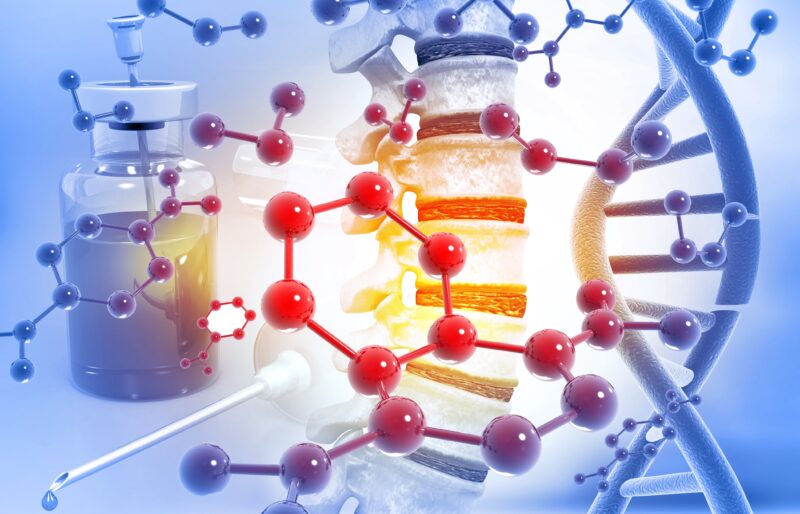
The Role of Genetics in Spinal Disorders: Is It in Your DNA?
Spinal conditions, ranging from mild discomfort to debilitating pain, affect millions of people worldwide. While factors like age, injury, and lifestyle play a significant role in the development of these conditions, recent research has shed light on the pivotal role genetics plays in determining spinal health. This article delves into the intricate relationship between our genes and the health of our spine.
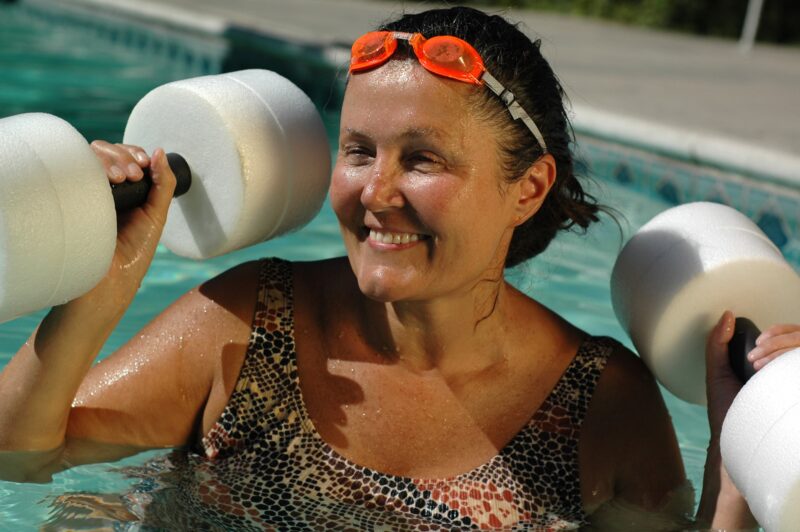
The Benefits of Aquatic Therapy for Spinal Conditions
Aquatic therapy, also known as hydrotherapy or pool therapy, has been utilized for centuries as a therapeutic method for various health conditions. In recent years, its benefits for spinal conditions have gained significant attention among healthcare professionals and patients alike. This form of therapy involves performing exercises in the water, typically in a heated pool, under the guidance of trained therapists. Let’s delve into the numerous advantages of aquatic therapy for individuals with spinal conditions.
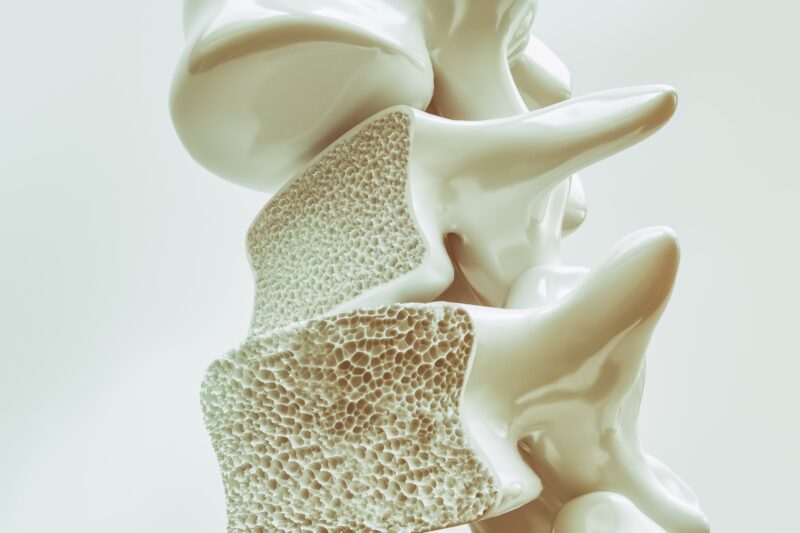
The Impact of Osteoporosis on the Spine
Osteoporosis, often dubbed the “silent disease,” is a condition that sneaks up on millions worldwide, weakening their bones and leaving them vulnerable to fractures. While it can affect any bone in the body, its impact on the spine is particularly profound and, at times, devastating. The spine, a central pillar of our skeletal system, plays a pivotal role in our mobility, posture, and overall well-being. When compromised by osteoporosis, the repercussions can be both physically and emotionally debilitating. In this blog, we’ll delve deep into the intricate relationship between osteoporosis and spinal health.
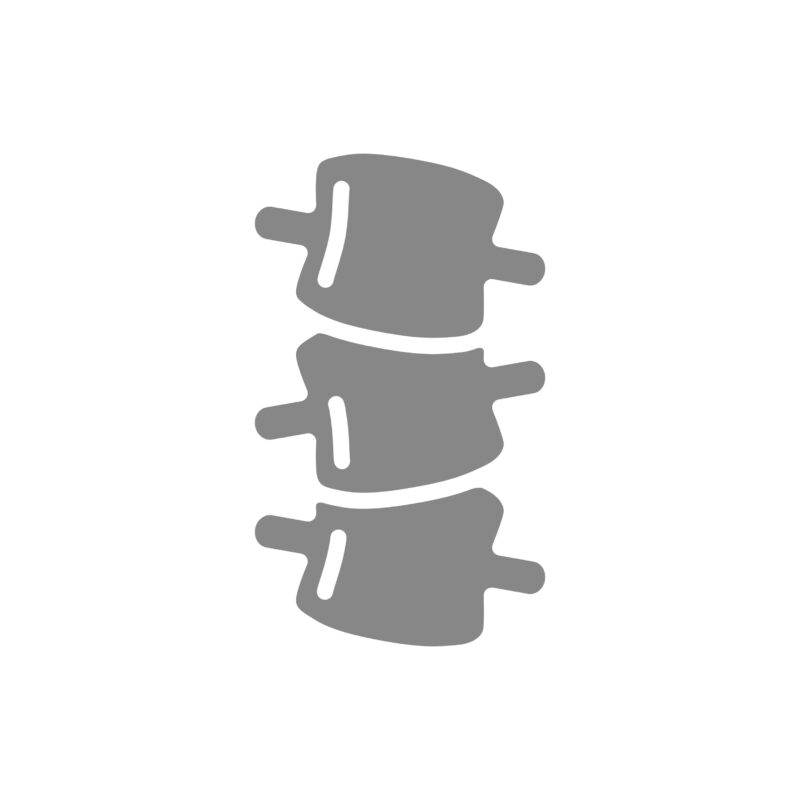
Types of Spondylolisthesis: Distinguishing Between Congenital, Isthmic, and Degenerative
Spondylolisthesis, a term that might seem daunting at first glance, is a condition that affects many people around the world. It refers to the forward displacement of a vertebral body in relation to the one beneath it. This condition can manifest in various forms, with each type having its unique causes and characteristics. In this blog, we will focus on three primary types of spondylolisthesis: Congenital, Isthmic, and Degenerative. Let’s dive in and understand the distinctions between them.
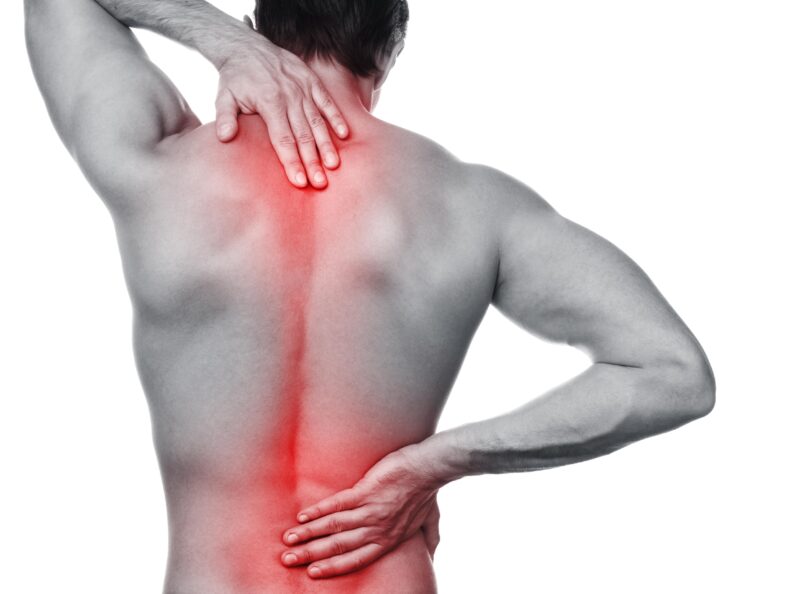
How to Avoid the Need for Back Surgery: A Comprehensive Guide
Back pain is a common ailment that affects millions of people worldwide. For some, it’s a fleeting discomfort, but for others, it can become a chronic issue that severely impacts their quality of life. In severe cases, individuals may even consider back surgery as a solution. However, surgery is not always the best or only option. In many cases, back pain can be managed or even prevented with non-surgical interventions. Here’s a comprehensive guide on how to avoid the need for back surgery.
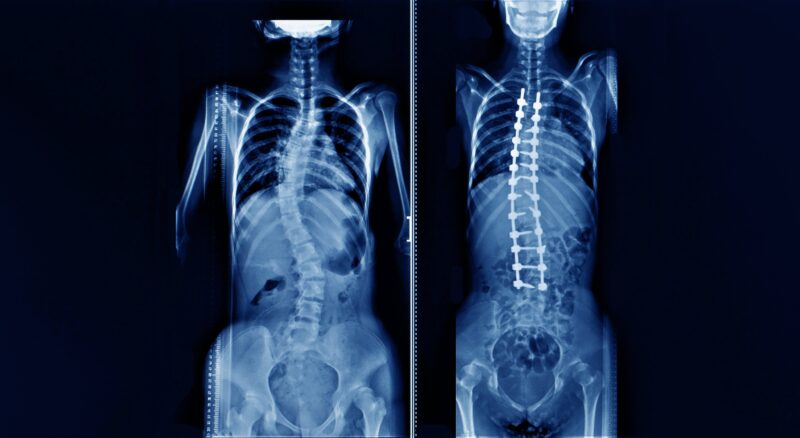
What is Adjacent Segment Disease?
Adjacent Segment Disease (ASD) is a term that has gained prominence in the field of spine health and surgery. But what exactly is it, and why is it important to understand? In this blog post, we’ll delve deep into the intricacies of ASD, shedding light on its causes, symptoms, and the available treatment options.
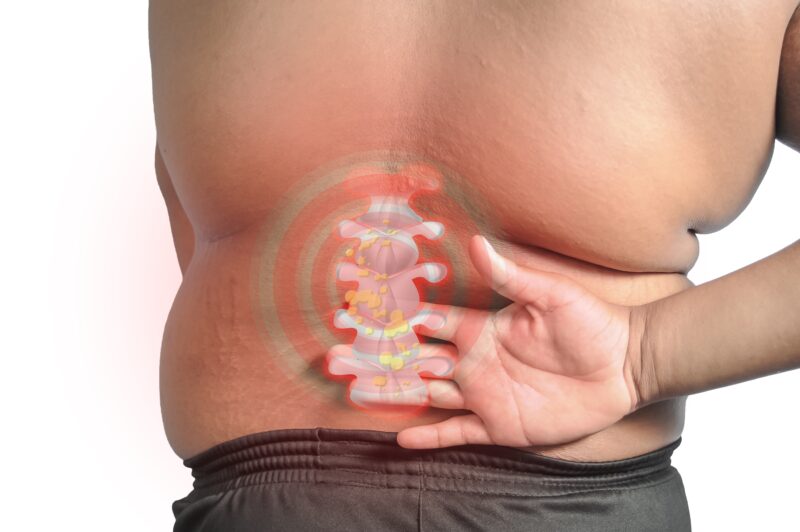
Temporary vs. Permanent Back Pain Solutions: Making the Right Choice
Back pain is a common ailment that can range from a temporary inconvenience to a chronic and debilitating condition. When seeking relief, it’s important to understand the difference between temporary and permanent back pain solutions. In this blog, we’ll explore both approaches, their advantages and limitations, and how to make an informed choice based on your individual needs.
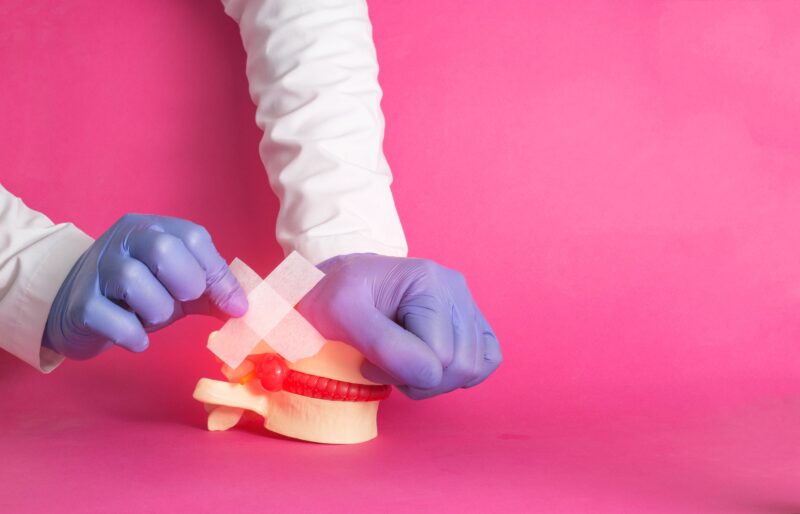
Navigating a Second Spinal Surgery: Is It the Right Decision for You?
Undergoing spinal surgery can be a significant decision that affects your quality of life. While the goal of any spinal surgery is to alleviate pain and improve mobility, there are situations where a second spinal surgery, also known as revision surgery, might be considered. In this blog, we’ll delve into the reasons for opting for a second spinal surgery and provide guidance on how to decide if it’s the right choice for you.
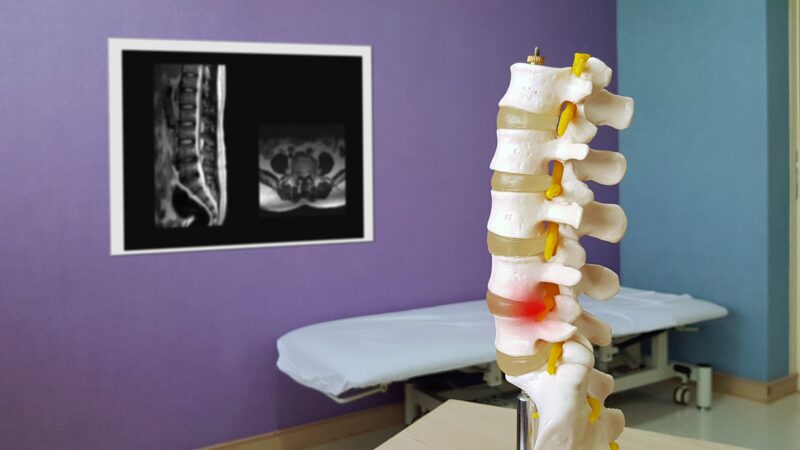
Exploring the Various Types of Spinal Stenosis: Understanding Symptoms, Causes, and Treatment Options
Spinal stenosis is a common medical condition that affects a significant portion of the population, especially among the elderly. It refers to the narrowing of the spinal canal or the spaces within the spine, which can lead to compression of the spinal cord and nerves. This compression can result in various symptoms that range from mild discomfort to severe pain and impaired mobility. Understanding the different types of spinal stenosis is essential for accurate diagnosis, effective treatment, and improved quality of life.

Unraveling the Mystery of Tailbone Pain: Common Causes and How to Find Relief
Tailbone pain, also known as coccydynia, can be a frustrating and discomforting experience that affects millions of people worldwide. The tailbone, formally called the coccyx, is a small triangular bone at the bottom of the spine. While it may seem insignificant, tailbone pain can severely impact one’s quality of life, making sitting, standing, or even walking a challenge. In this blog, we’ll explore the common causes of tailbone pain and discuss potential remedies to find relief.
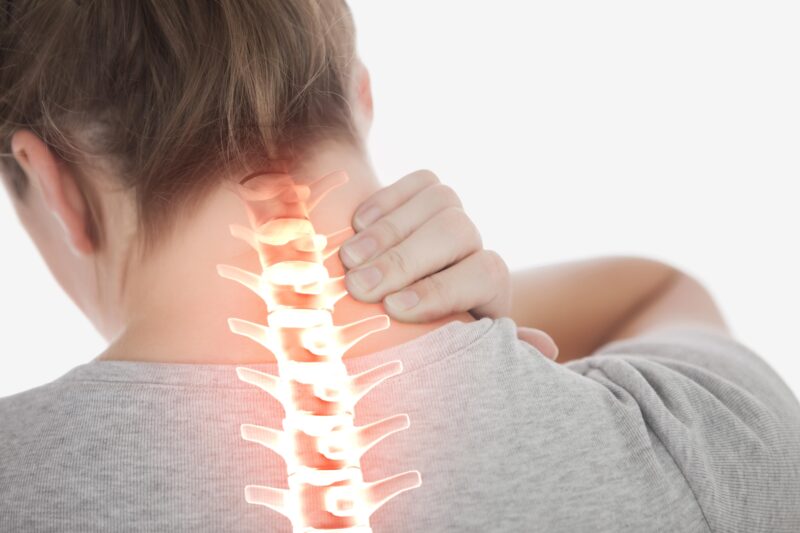
Cervical Artificial Disc Replacement (ADR) vs. Anterior Cervical Discectomy and Fusion (ACDF): Making the Right Choice
Neck pain and cervical disc degeneration are common conditions that can significantly impact a person’s quality of life. Thankfully, advances in medical technology have given rise to two effective surgical approaches for treating these conditions: Cervical Artificial Disc Replacement (ADR) and Anterior Cervical Discectomy and Fusion (ACDF). In this blog, we will explore both procedures, understand how they work, and discuss when one approach may be preferential to the other.
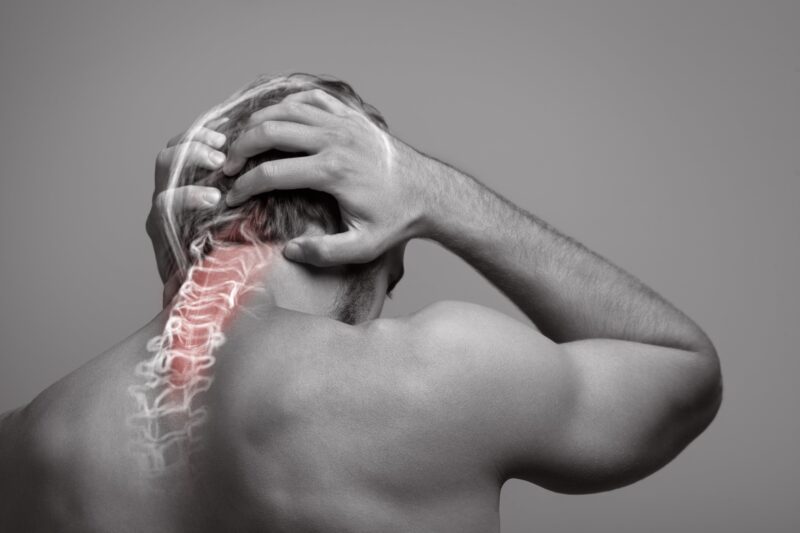
Headaches from Neck Pain: What Can Be Done?
Headaches are a common ailment that affects millions of people worldwide. While they can be caused by various factors, one often overlooked source is neck pain. The intricate relationship between the neck and headaches is often misunderstood, leading individuals to treat the symptoms without addressing the root cause. In this blog, we will delve into the connection between headaches and neck pain, explore the possible reasons behind this link, and shed light on the available treatments provided by spinal specialists.

Exploring the Array of Treatments for Spinal Stenosis: Relieving the Pinch in Your Back
Spinal stenosis is a common yet debilitating condition that affects many individuals as they age. It involves the narrowing of the spinal canal, putting pressure on the nerves and leading to pain, numbness, and weakness in the back and legs. While there is no one-size-fits-all approach to treating spinal stenosis, medical advancements have provided various treatment options to alleviate the symptoms and improve the quality of life for those affected. In this blog, we’ll explore the different treatments available for spinal stenosis, ranging from conservative measures to surgical interventions.
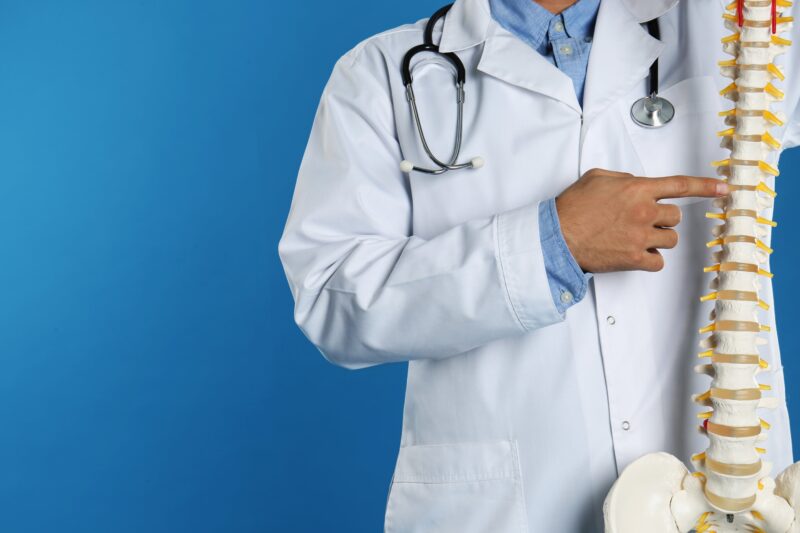
What is the Difference Between Forminotomy, Discectomy, and Laminectomy?
Back and neck pain are common ailments that affect millions of people worldwide. When conservative treatments fail to provide relief, surgical options may be considered. Foraminotomy, discectomy, and laminectomy are three common surgical procedures used to address spinal issues. In this blog post, we will delve into the details of these procedures, highlighting their differences and their specific applications.
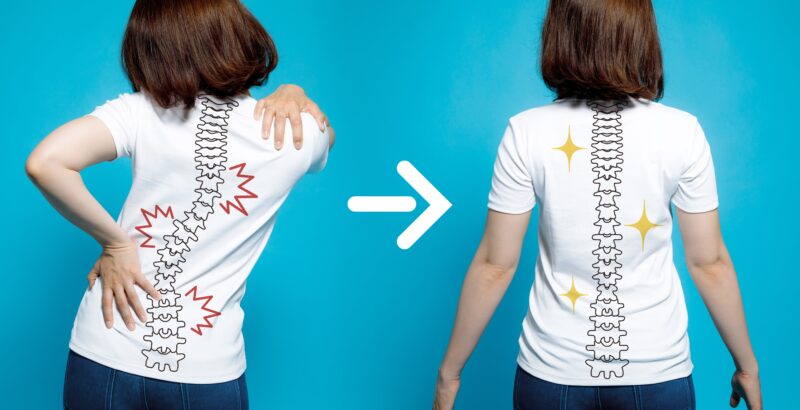
Do You Need Scoliosis Surgery?
Scoliosis is a prevalent medical condition characterized by an abnormal sideways curvature of the spine. While it can affect individuals of all ages, it most commonly emerges during the growth spurt just before puberty. Understanding the different types of scoliosis and knowing when surgery is needed is crucial for effective management of the condition. In this article, we will explore the various types of scoliosis, ranging from idiopathic and congenital to neuromuscular and degenerative. Furthermore, we will discuss the circumstances in which surgery becomes necessary, such as progressive curvature, pain and discomfort, respiratory compromise, and cosmetic concerns. By delving into these aspects, we hope to provide insights into scoliosis and its treatment options, aiding individuals and their families in making informed decisions about their healthcare.

Spinal Osteoarthritis vs. Degenerative Disc Disease: Understanding the Differences
Spinal conditions can cause significant pain and discomfort, affecting the quality of life for many individuals. Two common conditions that affect the spine are spinal osteoarthritis and degenerative disc disease. While they share some similarities, it is crucial to understand their differences to ensure accurate diagnosis and appropriate treatment. In this blog, we will explore and compare spinal osteoarthritis and degenerative disc disease in detail.

Herniated vs. Bulging Disc: What’s the Difference?
Maintaining optimal spinal health is crucial for overall well-being, as the spine plays a vital role in supporting our body and facilitating movement. Among the various conditions that can affect the spine, herniated and bulging discs are two commonly encountered issues. In this article, we will explore the key differences between these conditions, shedding light on their causes, symptoms, diagnosis, and treatment options.

The Six Most Common Causes of Lower Back Pain: Understanding and Addressing the Root Issues
Lower back pain is a pervasive and often debilitating condition that affects a significant portion of the population. It can arise from various causes, and understanding these underlying factors is crucial for effective treatment and prevention. In this article, we will explore the six most common causes of lower back pain: muscle strain, herniated discs, degenerative disc disease, spinal stenosis, sciatica, and spondylolisthesis. By gaining insights into these prevalent conditions, we can equip ourselves with the knowledge needed to address the root issues and find relief from the burden of lower back pain.
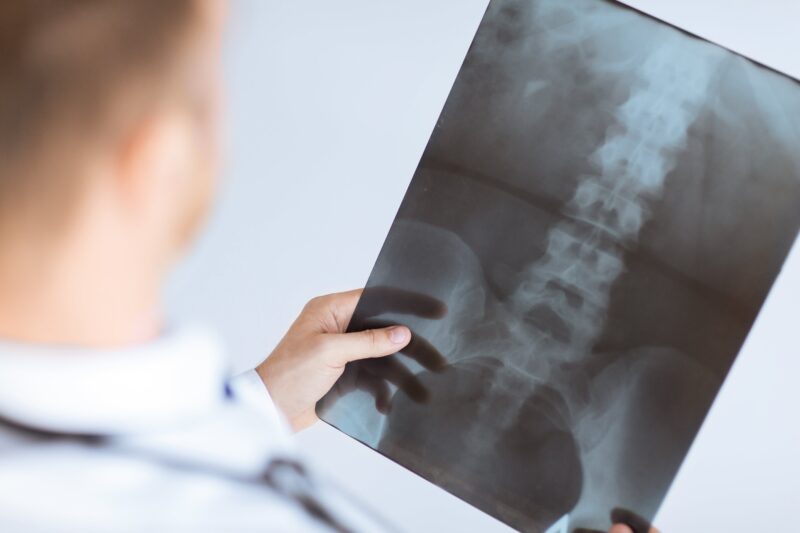
Common Misconceptions About Spinal Surgery: Debunking the Myths
Spinal surgery, a medical procedure aimed at addressing various spinal conditions, is often accompanied by a cloud of misconceptions and apprehensions. These misunderstandings can lead to fear and hesitation when considering surgical intervention for back problems. However, it is crucial to separate fact from fiction in order to make informed decisions about our spinal health. In this article, we will delve into some of the most common misconceptions surrounding spinal surgery, debunking these myths and providing accurate information to help you gain a clearer understanding of this complex procedure. By dispelling these misconceptions, we aim to empower individuals to approach spinal surgery with knowledge and confidence, enabling them to make well-informed choices about their health and well-being.
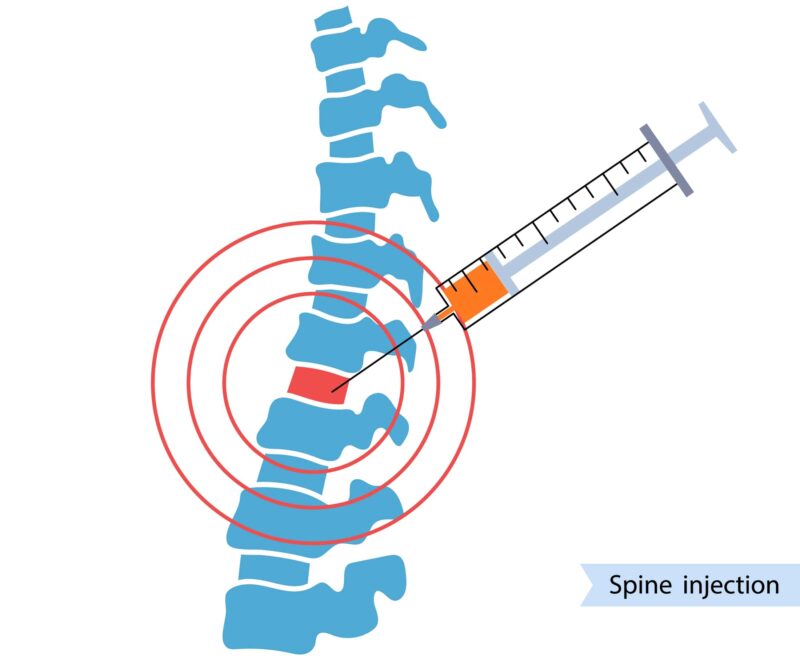
What is an Intradiscal Injection?
Spinal pain is a common condition that affects millions of people worldwide, impacting their daily lives and overall well-being. Traditional treatment approaches often focus on managing symptoms rather than addressing the underlying cause of the pain. However, a breakthrough solution has emerged in the form of intradiscal injections, offering a promising alternative for managing spinal pain. By directly targeting the source of the pain within the intervertebral discs, these injections provide targeted relief, reduce inflammation, and promote healing. In this blog post, we will explore the concept of intradiscal injections, their benefits, risks, and their potential as an innovative approach to managing spinal pain effectively.
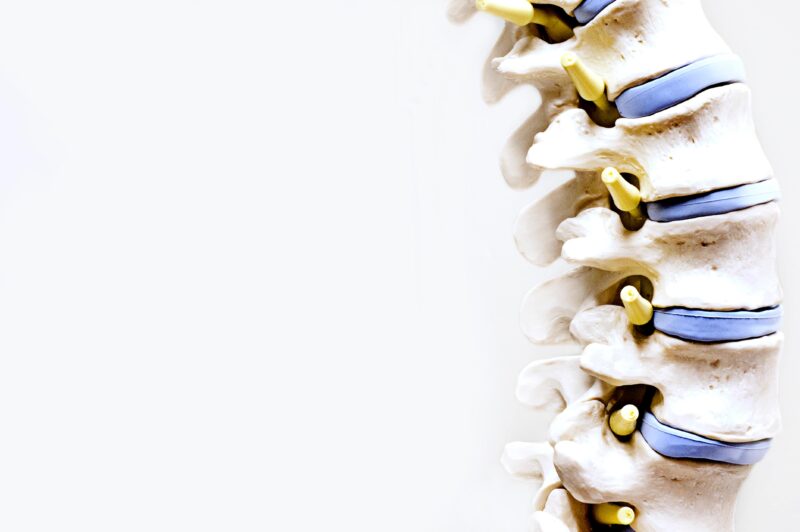
Surgical Approaches for Spinal Tumor Removal: Minimally Invasive Options
Spinal tumors are complex and potentially life-threatening conditions that require surgical intervention for effective treatment. While traditional open surgeries have been the standard approach, advancements in medical technology have led to the emergence of minimally invasive procedures. In this blog post, we will explore the benefits and considerations of minimally invasive surgical approaches for spinal tumor removal.
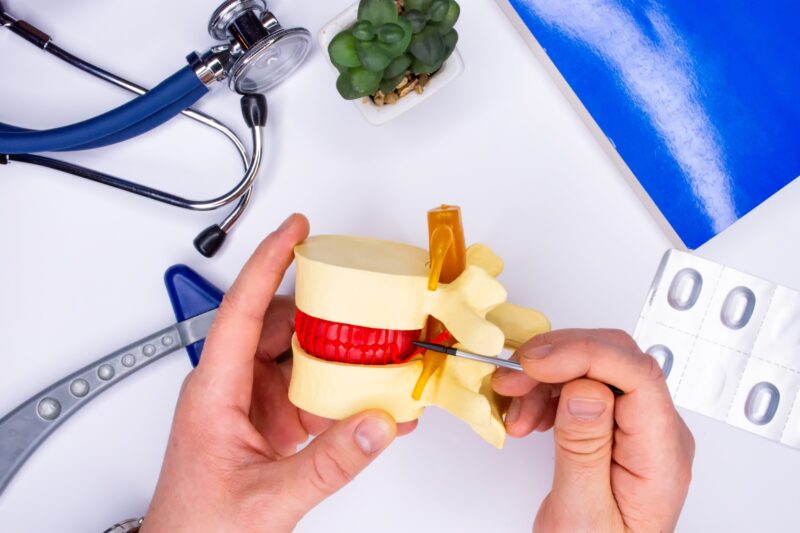
Understanding Four Common Spinal Disc Conditions
Spinal discs play a crucial role in our vertebral column, providing support, flexibility, and shock absorption. However, various conditions can affect these discs, leading to discomfort and reduced quality of life. In this comprehensive guide, we will delve into four common spinal disc conditions: degenerative disc disease, disc protrusion, herniated disc, and Schmorl’s hernia.
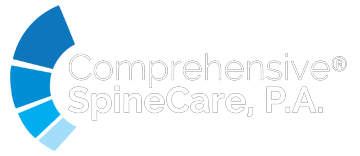








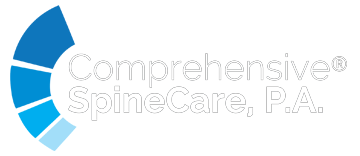
 in CA by O360®
in CA by O360®